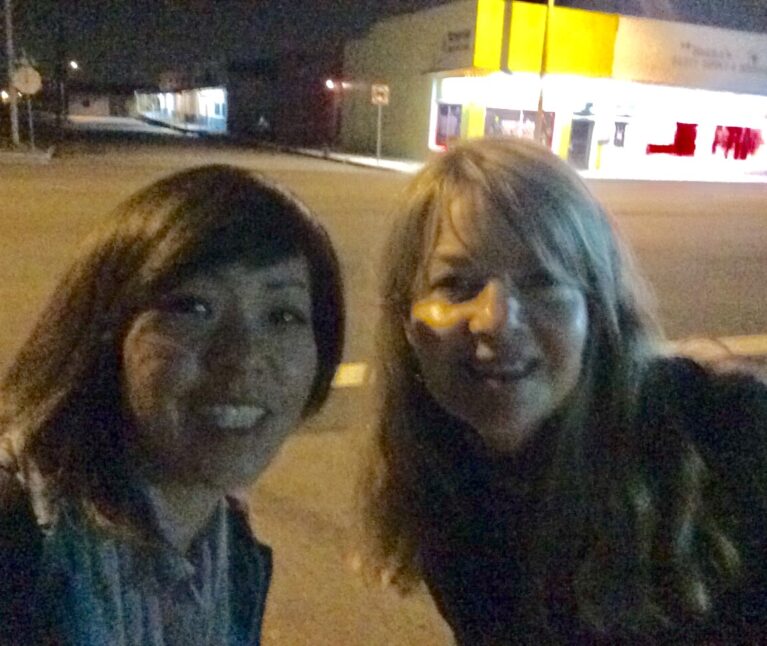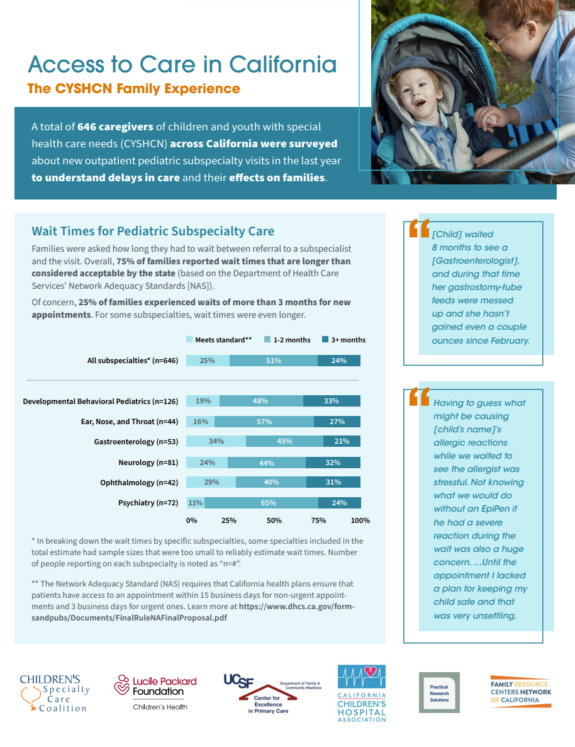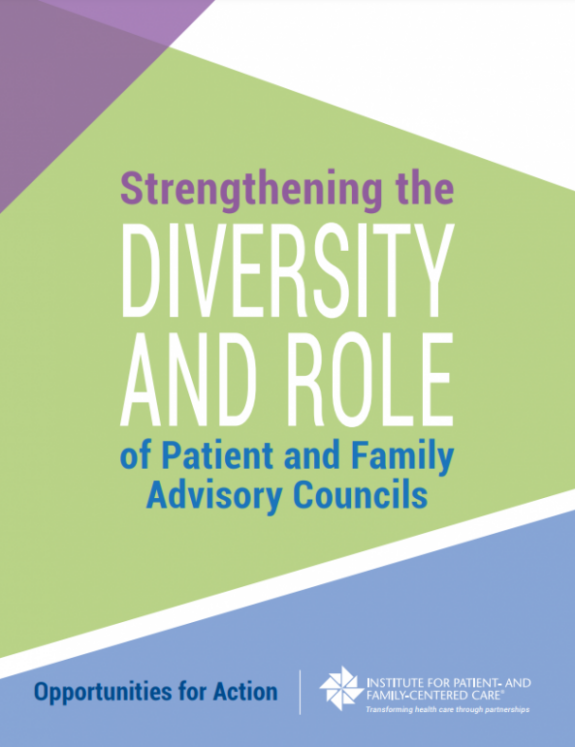If it takes a village to raise a healthy child, then what does it take to raise a child with a special need? Our Foundation has produced valuable research to answer this question, but we also wanted to find out firsthand what this level of constant care looks and feels like. In late 2015, we sought out families with medically complex children who would allow us to photograph a day in their very busy lives.
For this project, there was one particular photographer with whom I wanted to work: Deanne Fitzmaurice, a veteran San Francisco Chronicle photographer. In 2005, Deanne had won a Pulitzer Prize for chronicling the recovery of an Iraqi boy who was maimed after picking up a grenade he thought was a toy, and then flown to the US for reconstructive surgery.
In the first few weeks of 2016, Deanne and I shadowed 10 different families who live in 10 different California cities, some on farms, others in mobile home communities, and still others in the crowded corners of Silicon Valley. Their kids, who range in age from 2 to 20, have every diagnosis, from type 1 diabetes to spina bifida to neurofibromatosis.
Some of the differences were stark. In tiny, rural Dunlap (population 131), the Bakers push their 15-year-old daughter, who uses a wheelchair, up muddy hills around their home. In Redwood City, on the San Francisco Peninsula, the Pletchers, both doctors, along with two full-time aides, spend most of their home hours feeding their 2-year-old daughter through a stomach tube.
We found that the families also have much in common as they navigate a complex system of care, from the crushing piles of paperwork, to financial stress, to the endless phone calls to specialists, to long drives for appointments booked months in advance.
There is, of course, plenty of joy and laughter, too, shared over moments such as the very first happy face drawn by 4-year-old Evan Gates, whose condition makes it difficult to communicate, and the Jones brothers taking the time not just to check their blood sugar levels, but also to horse around like any other pair of brothers. More than anything though, we found that the most common denominator among these parents is the deepest, most beautiful sense of all-giving love for their children.
After spending much of 2016 curating our project from thousands of images, and producing an upcoming traveling exhibit, we officially launched the “Super Parents” on our website last month. CNN covered the release of the project in “An Intimate View of the ‘Super Parents’ of Chronically Ill Children.” We are eager for additional families to share your stories with us, too, to help us empower a community that demands the best care for children with complexity and their families.



